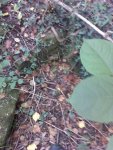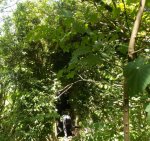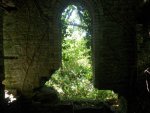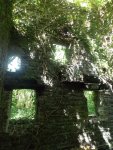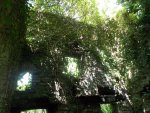One of the joys of bimbling off the beaten path is you never know quite what you are going to find, lost dog, dropped wallet, preppers cache etc. Sadly more often than not it's empty beer cans and an abandoned tent if you're lucky. Today however was a good day, taking advantage of the lockdown and the absence of dog walkers (and at least two idiots with air rifles ) have been picking my way through dense undergrowth for a few days trying to find a way to this.
Penprys Colliery engine house.
According to official records it was demolished in 1988. So was expecting to find little more than the remains of low walls and pile of bricks. Between trees, dense undergrowth and Ivy got within twenty feet before I realised it was there, still standing!
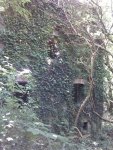
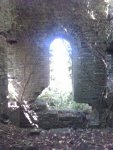
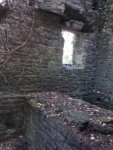
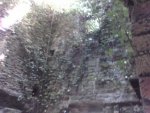
I know these are horrible cell-phone pictures, going back tomorrow with better camera & tripod.
Finally out of bad bush I christened my new Chinese noodle pot/mug for it's not a bimble till you've had a brew

Penprys Colliery engine house.
According to official records it was demolished in 1988. So was expecting to find little more than the remains of low walls and pile of bricks. Between trees, dense undergrowth and Ivy got within twenty feet before I realised it was there, still standing!




I know these are horrible cell-phone pictures, going back tomorrow with better camera & tripod.
Finally out of bad bush I christened my new Chinese noodle pot/mug for it's not a bimble till you've had a brew



